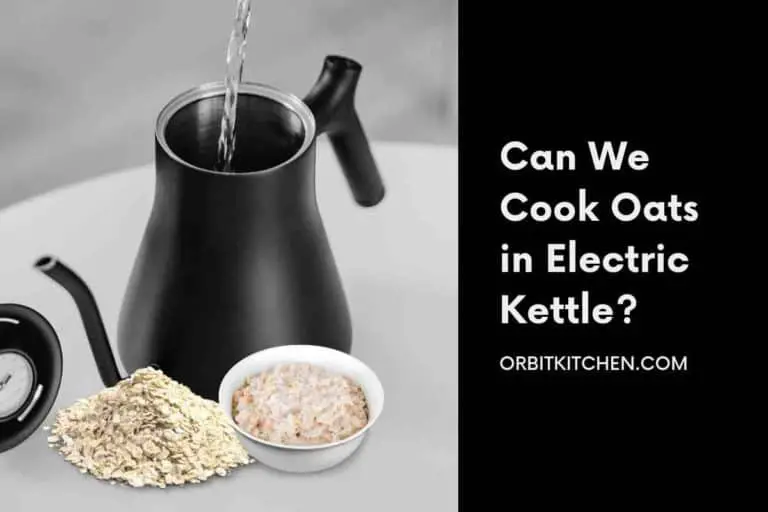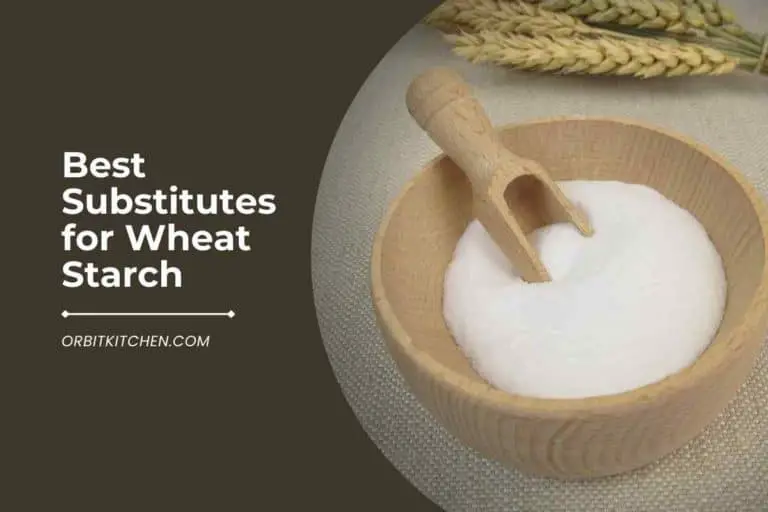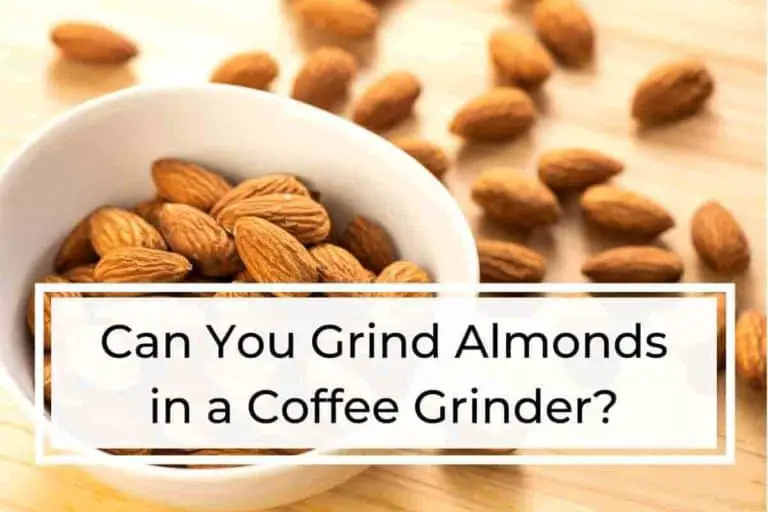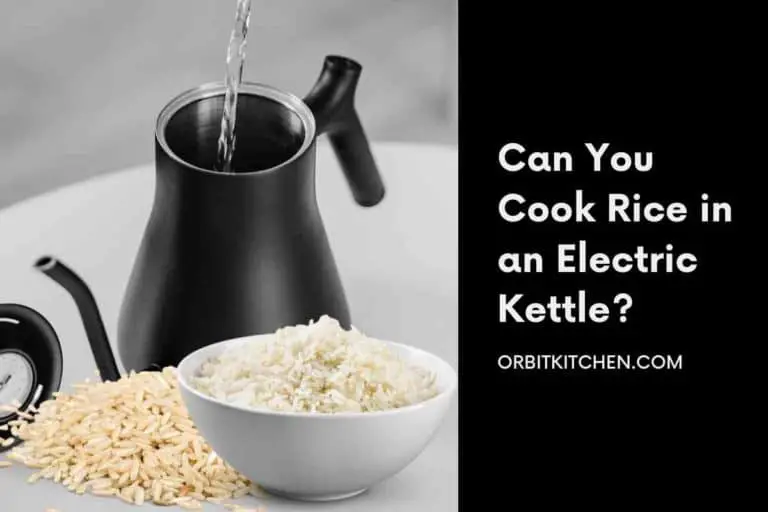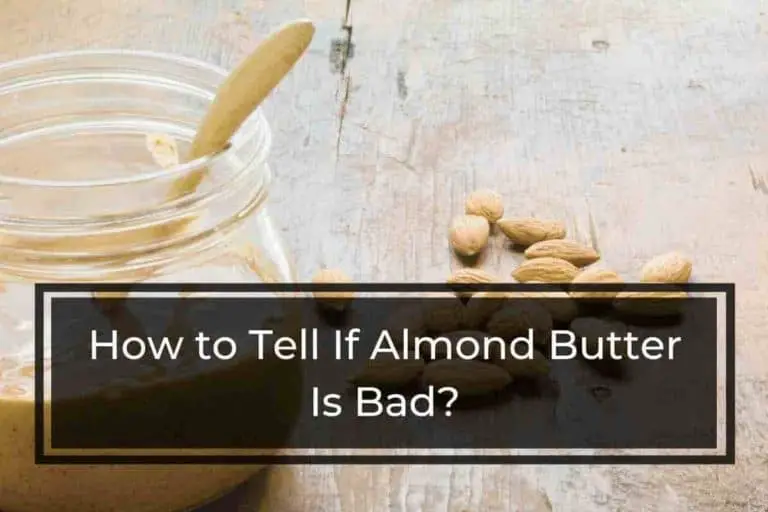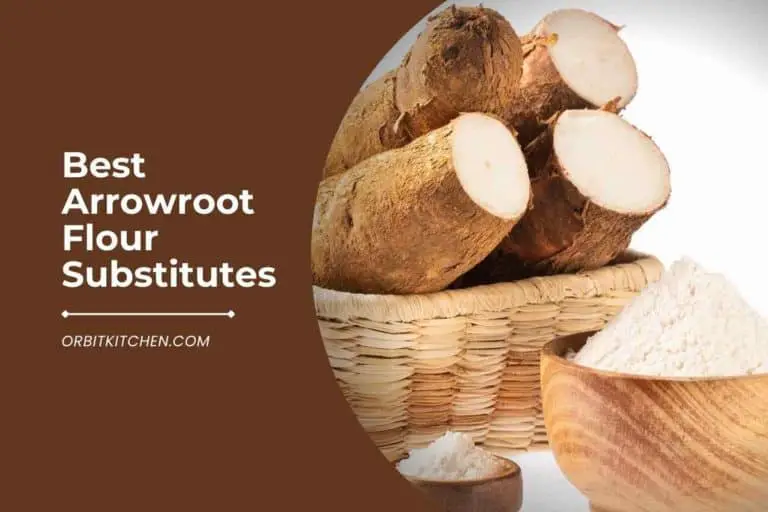15 Best Substitutes for Barley
Barley is a cereal grain that is native to Eurasia and North Africa. It is one of the oldest cultivated grains and has been used for brewing beer and making bread since ancient times.
There are many benefits of using barley; it is a whole grain that is a good source of fiber and nutrients. It can be used in soups, stews, casseroles, or as a side dish. Barley is a versatile grain that can be used in many different dishes and is a good source of fiber and protein.
In this guide, we’ll discuss the best substitutes for barley that you can use in your recipes if you don’t have barley, so keep reading.
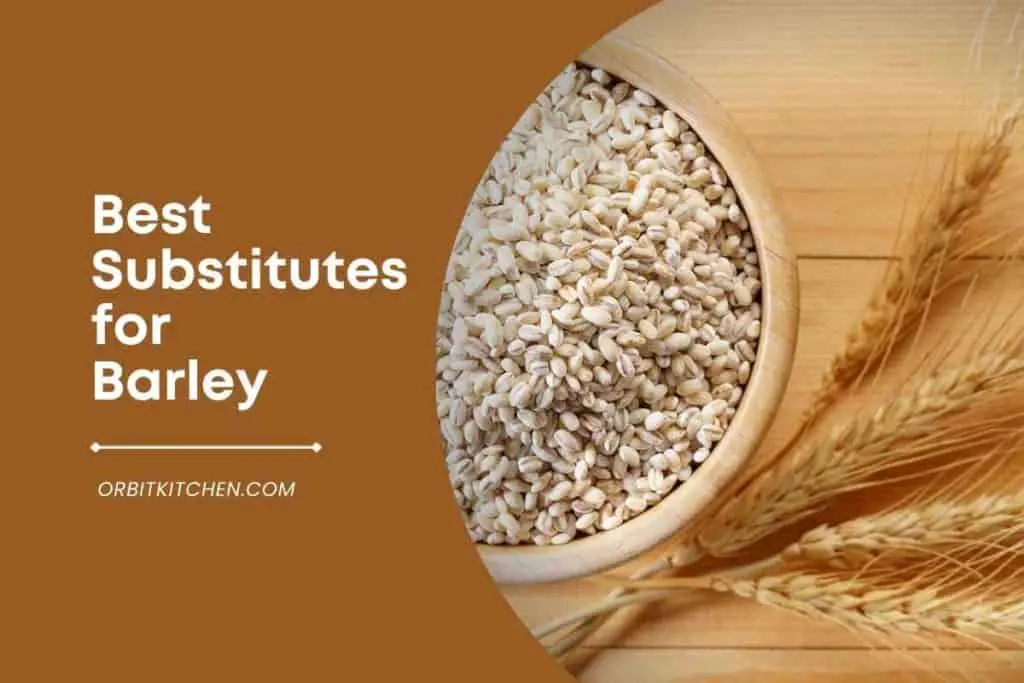
What are the Best Substitutes for Barley?
There are many different kinds of grains with similar qualities as barley, which can be used as substitutes in recipes that call for barley. Here are the 15 Best Substitutes for Barley:
1. Quinoa
Quinoa is a grain crop that is grown for its edible seeds. They can be cooked and eaten like rice or flour. Quinoa is a staple food in many countries.
It is a good substitute for barley because it is a gluten-free grain high in protein and fiber.
It is a complete protein containing all nine essential amino acids the body cannot produce on its own. Quinoa is also a good source of fiber and antioxidants. Additionally, quinoa is a gluten-free grain.
2. Millet
Millet is a type of grain that is often used in birdseed. It is a small, round grain used in many cultures for food and livestock feed.
It is a good substitute for barley because it is gluten-free, high in fiber, and has a nutty flavor.
It is a highly nutritious grain and is a good source of essential vitamins and minerals. It is also a good source of dietary fiber and protein. It is a low-glycemic food which does not cause spikes in blood sugar levels.
This makes it an ideal food for people with diabetes or other blood sugar disorders. Millet is also a gluten-free grain, which makes it a good option for people with celiac disease or gluten intolerance.
3. Buckwheat
Buckwheat is a plant that is related to rhubarb and sorrel. The plant produces small, dark-colored seeds that are often ground into flour. Buckwheat flour is often used in pancakes, crepes, and other baked goods.
It is a good substitute for barley because it is high in fiber and has a nutty flavor.
Some benefits of buckwheat include its high nutrient and antioxidant content, ability to promote heart health, and potential to help regulate blood sugar levels.
Additionally, buckwheat may aid in weight loss and digestive health, and it has anti-inflammatory and cancer-preventative properties.
4. Brown Rice
Brown rice is a type of rice that has been minimally processed so that the bran and germ layers are still intact. This results in rice with a higher nutritional value than white rice, which has had the bran and germ layers removed.
Brown rice is also less processed than other types of rice, such as basmati or jasmine rice. There are several reasons why brown rice is a good substitute for barley.
First, it is a whole grain, meaning it contains all the nutrients found in the grain kernel. This includes the bran, the germ, and the endosperm. By contrast, barley only contains the endosperm.
Second, it can be a good source of fiber, with each serving providing about 3 grams of fiber. On the other hand, Barley only provides about 1 gram of fiber per serving.
Third, it is a good source of magnesium, a mineral that is important for bone health and blood sugar control.
Finally, it is a low-glycemic food, which does not cause a spike in blood sugar levels after eating.
It is a whole grain and contains more fiber and nutrients than white rice. It has a lower glycemic index than white rice, meaning it won’t cause spikes in blood sugar levels.
It can be a good source of magnesium, which is linked to a lower risk of heart disease and type 2 diabetes. Also, it is a good source of selenium, an important antioxidant that helps protect cells from damage.
It may help promote weight loss by improving satiety and preventing overeating.
5. Amaranth
Amaranth is a herbaceous plant or shrub typically found in subtropical and tropical regions. The amaranth plant has large, green leaves and small, greenish-white flowers.
The seeds of the amaranth plant are used to make gluten-free flour high in protein and fiber. There are a few reasons why amaranth could be a good substitute for barley.
First, it is a gluten-free grain so it would be a good option for people with celiac disease or gluten sensitivities.
Second, it is a relatively versatile grain used in various dishes, including soups, stews, casseroles, and even desserts.
Finally, it is a good source of essential nutrients like protein, fiber, and vitamins.
Also, it is a highly nutritious grain that is relatively unknown in the Western world. It is a good source of protein, fiber, and minerals and has a high concentration of vitamins and antioxidants. Amaranth is also gluten-free, making it a good option for people with celiac disease or gluten intolerance.
6. Teff
It is a grassy plant that is native to Ethiopia and Eritrea. The plant’s grain is ground into flour used to make traditional Ethiopian bread.
It is a good substitute for barley because it is whole grain high in fiber and protein. It is also a good source of iron and calcium.
Some benefits of Teff include that it is a good source of fiber, it is a good source of iron, and it is a good source of calcium. Teff is also a good source of magnesium and manganese.
7. Wild Rice
Wild rice is a species of grass that is native to North America. It is a perennial plant that grows in marshy areas and wet meadows.
Wild rice is a food source for many animals and birds and is also harvested for human consumption.
It is a good substitute for barley because it is whole grain high in fiber and protein. It is also a good source of vitamins and minerals.
Some benefits of wild rice include its high nutritional value, its versatility in recipes, and its long shelf life. It is a good source of protein, fiber, vitamins, and minerals and is low in calories and fat.
This grain can be used in various dishes, including soups, salads, casseroles, and stuffing. Wild rice has a shelf life of up to two years, making it a good choice for long-term food storage.
8. Sorghum
Sorghum is a type of grass that is native to Africa. It is a staple crop in many parts of the world and is used for food and animal feed.
Sorghum is a drought-tolerant crop grown in many arid and semi-arid regions. It can be a good substitute for barley because it is gluten-free, high in fiber, and rich in nutrients.
Sorghum is a highly versatile crop that you can use for various purposes, including food, animal feed, and biofuel production.
It is also relatively drought-tolerant, making it an ideal crop for regions with limited water resources. Additionally, it’s a good source of several essential nutrients, including dietary fiber, iron, and magnesium.
9. Oats
Oats are a type of cereal grain that is harvested from the Avena sativa plant. This grain has a high protein content and is often used as a dietary supplement or ingredient in various food products.
It is also a good source of dietary fiber and contains various vitamins and minerals. It is a good substitute for barley because they are similar in taste and texture.
Oats are also high in fiber and protein, making them a nutritious option for people looking to add more whole grains to their diet.
Some benefits of oats include lowering cholesterol levels, reducing the risk of heart disease, and stabilizing blood sugar levels. Additionally, it can be a good fiber source and contain various vitamins and minerals.
10. Rye
Rye is a cereal grain that is closely related to wheat. It is widely used in bread, cereals, and other food products.
Also, it is a good substitute for barley because it is a cereal grain that is high in fiber and low in calories. It is also a good source of protein, vitamins, and minerals.
Some benefits of rye include that it is a good source of fiber and minerals, can help regulate blood sugar levels, and has a low glycemic index. It is a good source of antioxidants and has been shown to help lower cholesterol levels.
11. Spelt
It is a whole grain that is similar to wheat. You can use it in place of wheat in most recipes.
It is a good substitute for barley because it has a similar nutritional profile and can be used in many ways.
It is an ancient grain that is more nutritious than modern wheat. It can be easier to digest than wheat, so it is suitable for people with sensitive stomachs.
It has a nutty, earthy flavor that adds interest to baked goods and other dishes. It is a good source of fiber, protein, and other nutrients. Also, it is relatively easy to grow and is tolerant of poor soils.
12. Khorasan Wheat
Khorasan wheat is a wheat native to the Khorasan region of Iran. It is also known as Kamut wheat. Khorasan wheat is an ancient grain used in Iran for centuries.
The grain is high in protein and has a nutty flavor. Khorasan wheat is returning to the United States as a healthy alternative to other types of wheat. It is a good substitute for barley because it is similar in taste and texture.
Some benefits of Khorasan wheat include that it is higher in protein than other types of wheat, it has a higher gluten content which makes it suitable for baking, and it is also lower in carbohydrates.
13. Triticale
Triticale is a wheat-rye hybrid grain that was developed in the late 1800s. It is a high-yielding crop that is tolerant to adverse growing conditions, making it a popular choice for farmers in areas with harsh climates.
Triticale is used for a variety of food and feed products, including flour, pasta, cereal, and animal feed. It is a good substitute for barley because it has a similar flavor and texture.
Additionally, it is a good source of fiber and protein. Also, it is a hybrid of wheat and rye that was developed to combine the best qualities of both grains.
It is higher in protein and gluten than wheat and higher in fiber than rye. It also has a higher tolerance to drought and cold than either wheat or rye.
14. Kamut
Kamut is a type of wheat that is high in protein and nutrients. It is often used in bread and other baked goods.
It is a good substitute for barley because it is a grain high in protein and fiber. It is also a good source of vitamins and minerals and has a nutty flavor similar to barley.
Kamut is an excellent source of protein, providing all the essential amino acids our bodies need. It is also a good source of fiber, minerals (including magnesium, zinc, and selenium), and vitamins (especially vitamin E).
It is easy to digest and is a good choice for people with wheat sensitivities or allergies. Because of its high nutritional value, Kamut can help to improve energy levels, stamina, and overall health.
15. Farro’s
Farro’s is a restaurant in San Francisco, California. The restaurant serves American cuisine and is known for its wood-fired pizzas.
There are many reasons why Farro’s might be a good substitute for barley. Some of these reasons include that Farro’s is a whole grain, is a good source of fiber, and is a good source of protein.
Additionally, Farro’s is a good substitute for barley because it is lower in calories and has a lower glycemic index. It is a nutritious grain that is high in fiber and protein.
It can be a good source of vitamins and minerals, including iron, magnesium, and zinc. It is a versatile grain that can be used in a variety of dishes, from salads to soups to pilafs.
Also, it is relatively quick and easy to cook and can be a healthy and delicious addition to any meal. It has a nutty, chewy texture that is both satisfying and delicious.
Conclusion
In the end, we hope that now you are well aware of the best substitutes for barley. It is a versatile and hardy plant that can be grown in various climates and soil types.
It is a crucial ingredient in many foods and beverage products and has a long history in traditional medicine. Barley is a nutritious and healthful grain that offers a variety of benefits for both people and animals.

